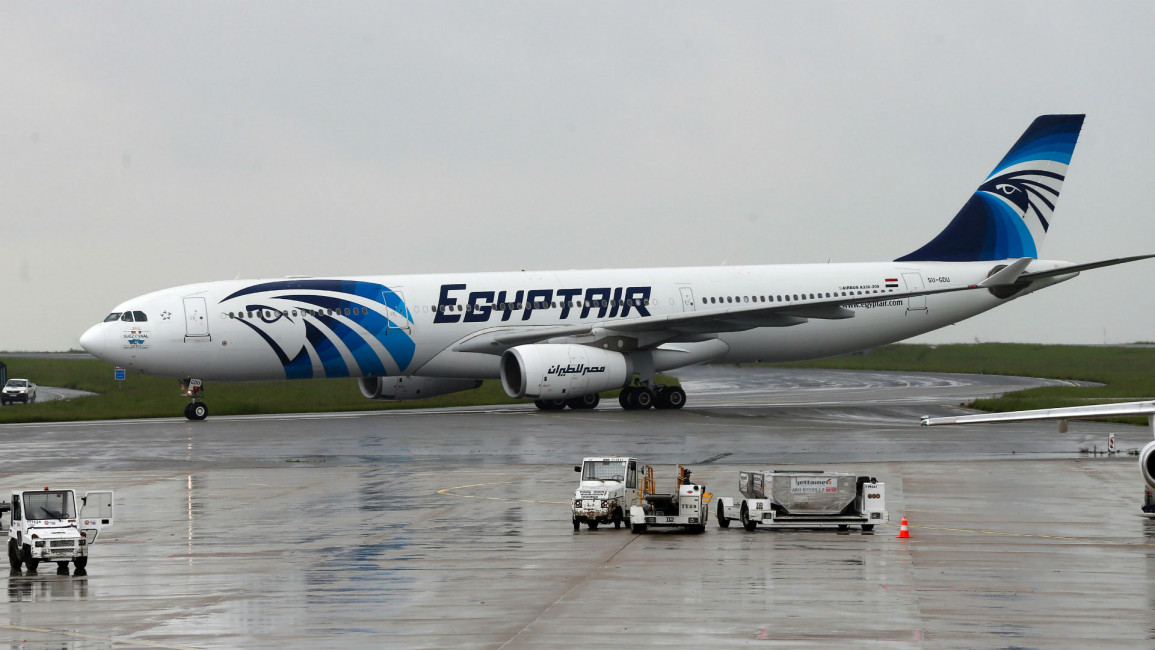Fire likely cause of 2016 EgyptAir crash: French investigation
A cockpit fire likely caused the 2016 EgyptAir MS804 crash that claimed the lives of 66 passengers and crew, French investigators said on Friday, contradicting Egyptian authorities who said explosives traces were found on the victims' remains.
France's civil aviation accident bureau, known by its French acronym BEA, said that information gleaned from the flight recorders suggested that "a fire broke out in the cockpit while the plane was at cruising altitude and the fire spread rapidly, causing the loss of control of the aircraft."
The Airbus A320 was flying from Paris to Cairo on May 19, 2016 when it crashed into the southeastern Mediterranean, killing 66 people, including 40 Egyptians and 15 French citizens.
French investigators had always leaned towards a mechanical fault as the cause of the crash, saying they suspected that a mobile phone or tablet had caught fire.
But an official Egyptian investigation suggested the plane had been bombed, claiming traces of explosives had been found on the victims' remains.
In May last year, French investigators said there were no traces of explosives found on the remains of French victims.
The BEA said the crew could be heard discussing a fire on the cockpit voice recorder and that the plane's automatic ACARS messaging system had flagged up smoke on board.
It said it was waiting for Egypt to publish its final report into the crash to understand how the two countries arrived at a different conclusion.
Egyptian authorities had handed the remains to their families in January 2017.
The plane airliner had also been carrying two Iraqis, two Canadians and one passenger each from Algeria, Belgium, the UK, Chad, Portugal, Saudi Arabia and Sudan.
Aviation experts have said there is little chance that a mechanical fault was responsible for the disaster.
The plane only entered service in 2003, making it relatively new for an aircraft that tends to have an operational life of 30 to 40 years.
It was flying at 37,000 feet (11,000 metres) and disappeared about 130 nautical miles off the Greek island of Karpathos.



